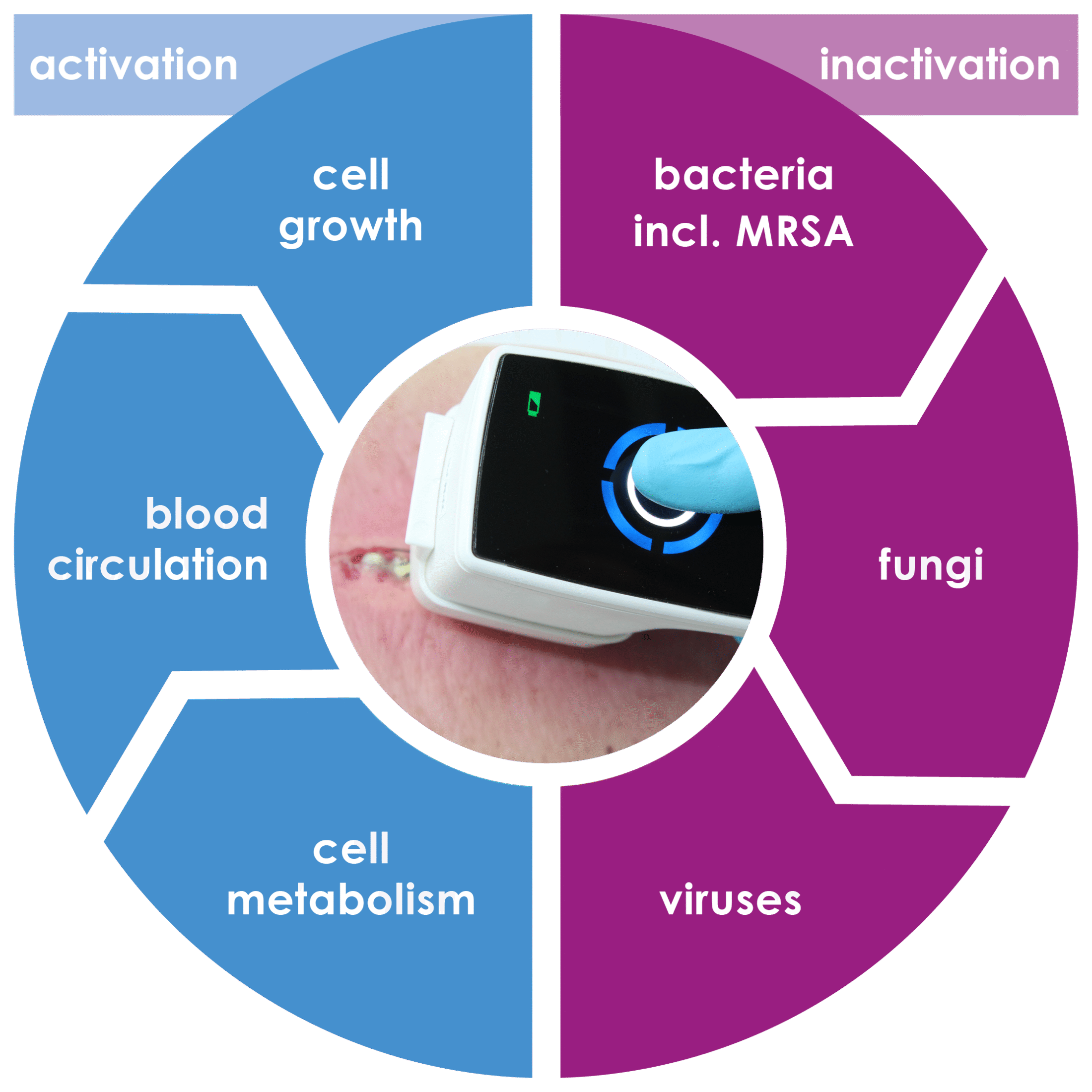
Facts about cold plasma therapy in wound treatment
plasma care® uses cold plasma to inactivate bacteria, including multi-resistant pathogens, viruses, fungi and spores. At the same time, it promotes wound healing. Simple. Fast. Effective. Free from allergies and side effects.
Which wounds is cold plasma therapy suitable for?
In principle, cold plasma therapy is suitable for all wounds, as CAP works physically, i.e. regardless of the cause of the wound. It triggers the body’s own processes, which support wound healing and lead to wound closure.
Advantages of therapy with plasma care®
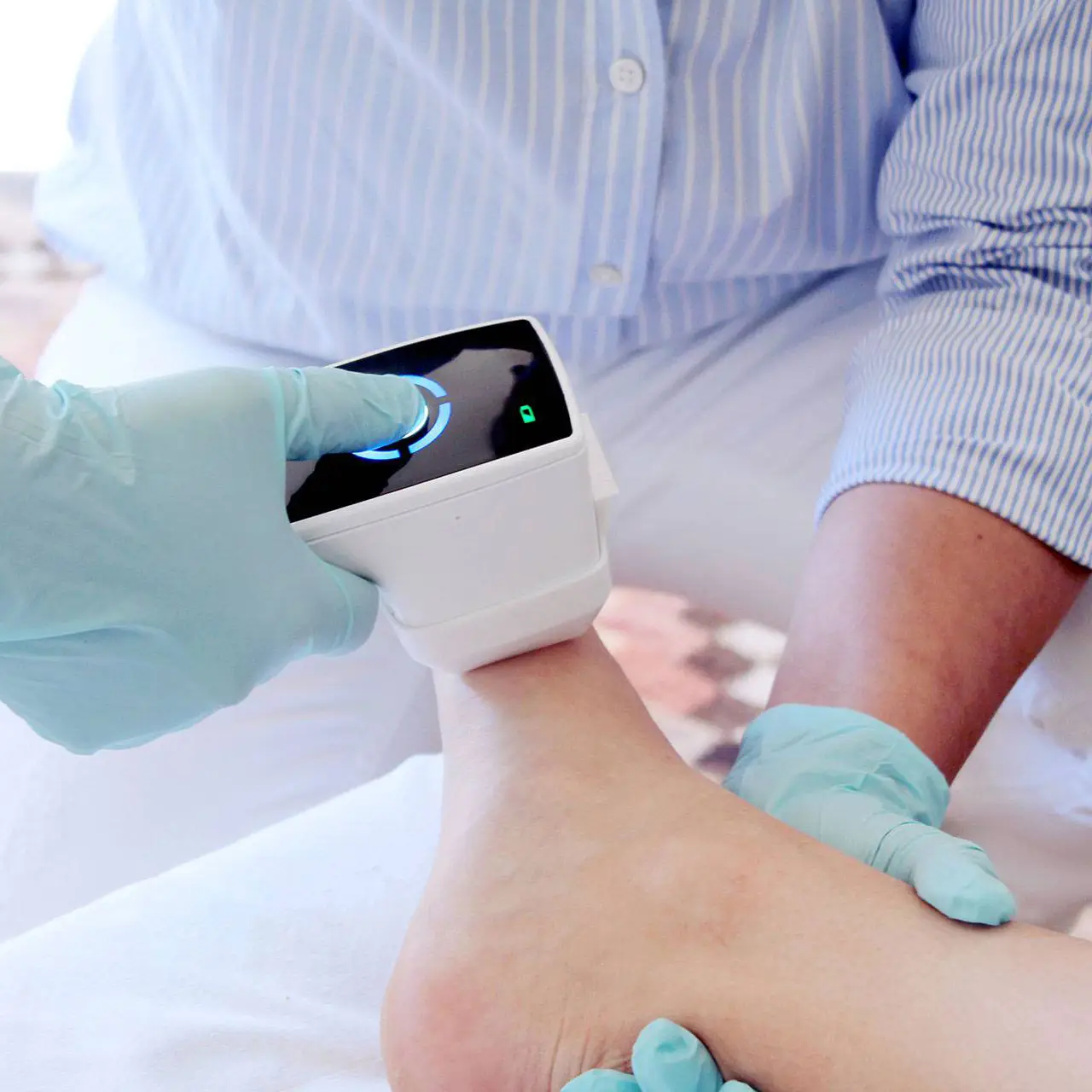
Our explanatory videos for
plasma care®
You are currently viewing a placeholder content from YouTube. To access the actual content, click the button below. Please note that doing so will share data with third-party providers.
More InformationYou are currently viewing a placeholder content from YouTube. To access the actual content, click the button below. Please note that doing so will share data with third-party providers.
More InformationYou are currently viewing a placeholder content from YouTube. To access the actual content, click the button below. Please note that doing so will share data with third-party providers.
More InformationWhat is cold plasma?
Cold atmospheric plasma is a partially ionized gas at room temperature. When energy is supplied, the so-called plasma cocktail is created. This is poisonous for bacteria, including multi-resistant pathogens, and stimulates cell division in healthy human cells. The plasma activates wound healing and promotes tissue renewal.
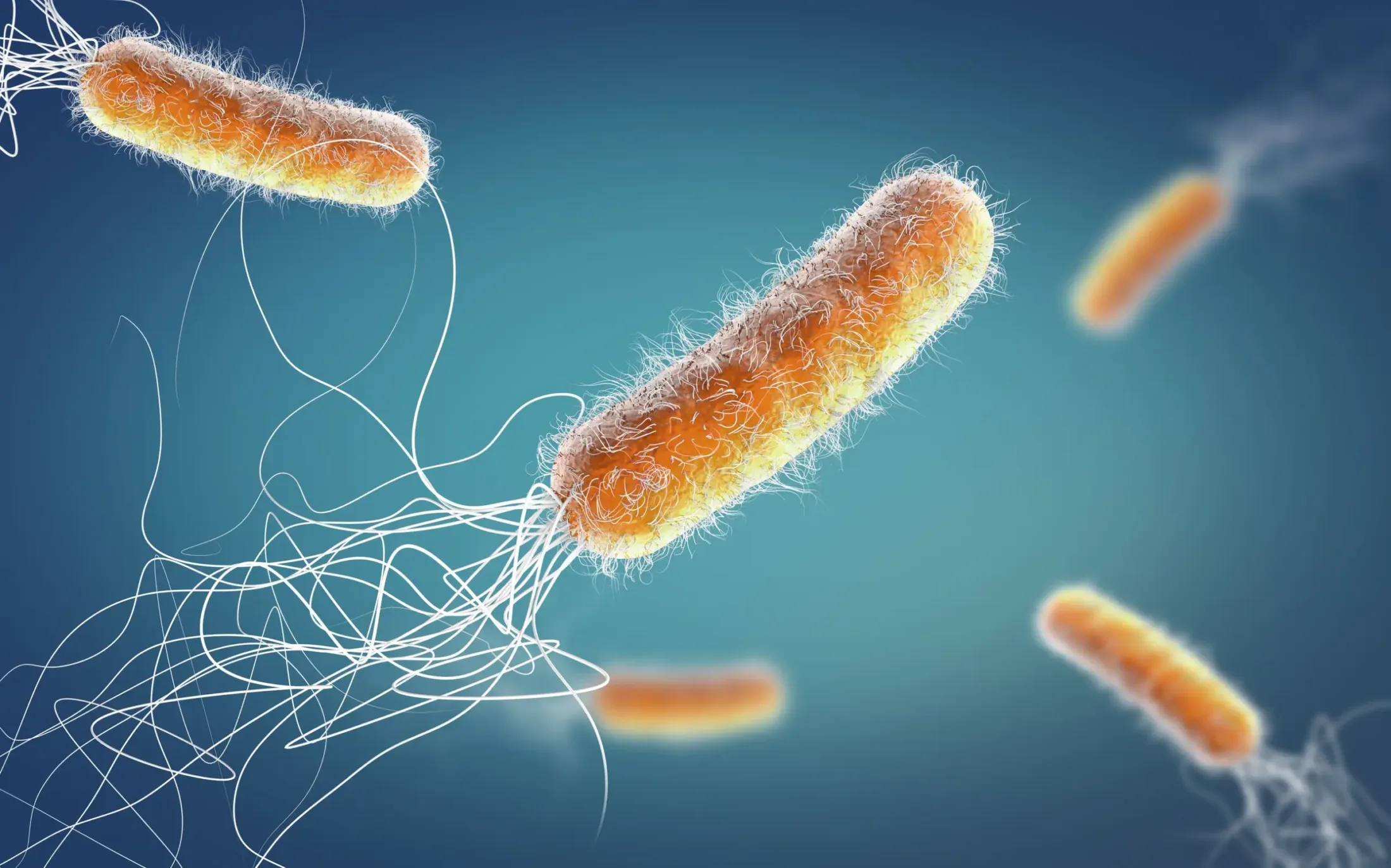
How does cold plasma affect bacteria and viruses?
When the CAP encounters bacteria or viruses, their cellular structures, including the DNA, are destroyed and the bacterium or virus is inactivated. Human tissue and cells, on the other hand, are spared, a local immune response is induced and growth and cell division are stimulated.
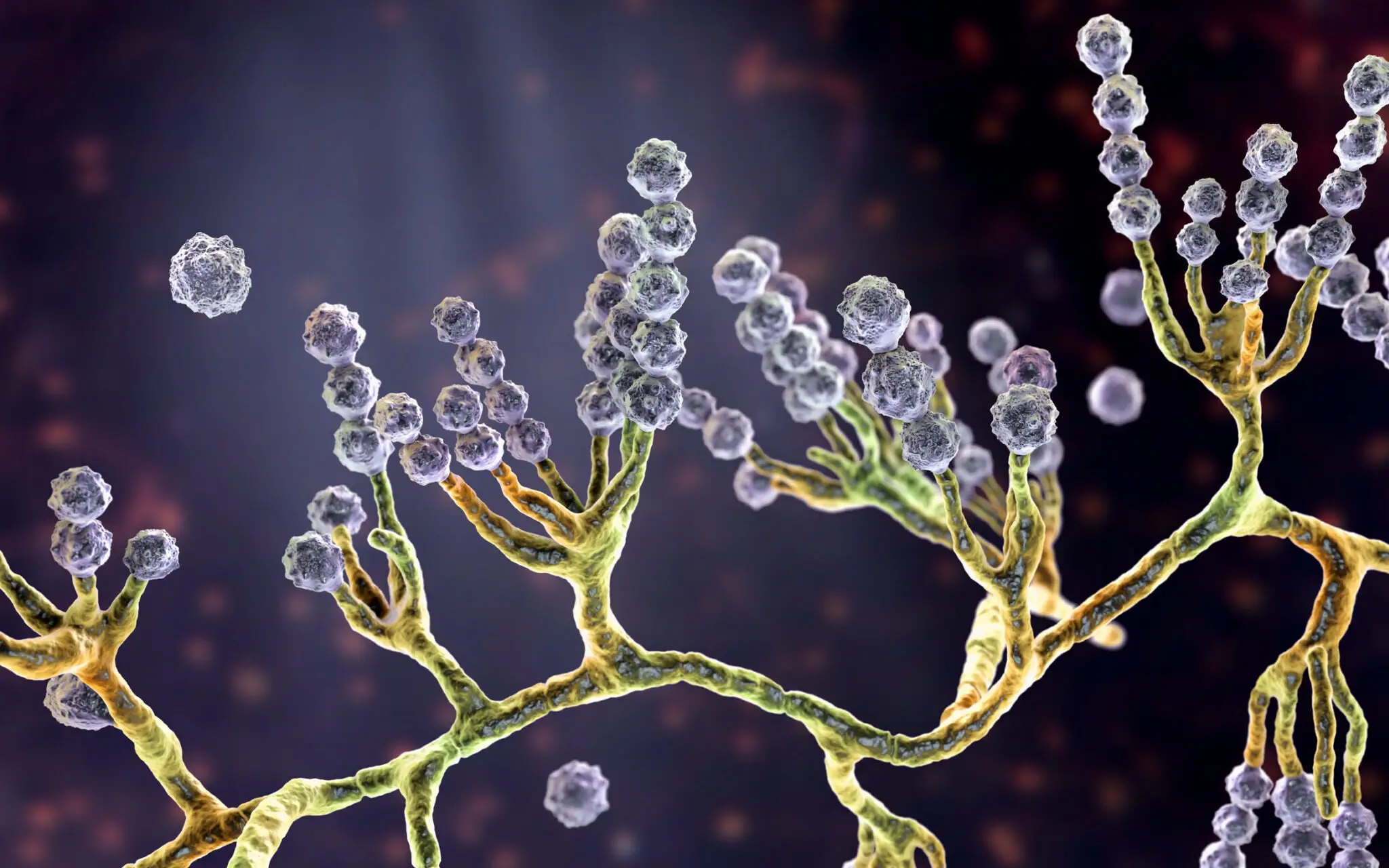
How does cold plasma affect fungi?
Most fungal infections are difficult to treat because fungi and spores have very resistant structures. Treatment with CAP deforms fungal spores, causing them to break open, flatten and shrink. Fungi are eukaryotes, which means that they have a nucleus that contains their DNA. Nevertheless, fungi can be killed by reactive oxygen species.
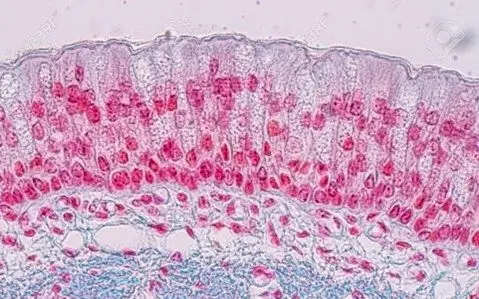
How does cold plasma affect skin cells?
The effect on healthy human cells is completely different. In these cells, the reactive species stimulate signaling pathways, increase blood flow and stimulate cell division. There are no known side effects and patients describe the treatment as pleasant and painless.
Publications on the use of KAP according to indication areas
The use of CAP for acne has been investigated in case reports and studies:
Mariachiara, Dr. A. et al. Cold atmospheric plasma (CAP) as a promising therapeutic option for mild to moderate acne vulgaris: Clinical and non-invasive evaluation of two cases. Clin. Plasma Med. 100110 (2020) doi:10.1016/j.cpme.2020.100110.
Potter, M. J. et al. Facial acne and fine lines: transforming patient outcomes with plasma skin regeneration. Ann. Plast. Surg. 58, 608-613 (2007).
Lan, T., Xiao, Y., Tang, L., Hamblin, M. R. & Yin, R. Treatment of atrophic acne scarring with fractional micro-plasma radio-frequency in Chinese patients: A prospective study. Lasers Surg Med. 50, 844-850 (2018).
Karrer, S. et al. Atmospheric Plasma in the Treatment of Acne Vulgaris. Appl. Sci. 11, (2021).
The use of KAP for acne has been investigated in case reports and studies:
Mariachiara, Dr. A. et al. Cold atmospheric plasma (CAP) as a promising therapeutic option for mild to moderate acne vulgaris: Clinical and non-invasive evaluation of two cases. Clin. Plasma Med. 100110 (2020) doi:10.1016/j.cpme.2020.100110.
Potter, M. J. et al. Facial acne and fine lines: transforming patient outcomes with plasma skin regeneration. Ann. Plast. Surg. 58, 608-613 (2007).
Lan, T., Xiao, Y., Tang, L., Hamblin, M. R. & Yin, R. Treatment of atrophic acne scarring with fractional micro-plasma radio-frequency in Chinese patients: A prospective study. Lasers Surg Med. 50, 844-850 (2018).
Karrer, S. et al. Atmospheric Plasma in the Treatment of Acne Vulgaris. Appl. Sci. 11, (2021).
Terabe, Y., Kaneko, N. & Ando, H. Treating hard-to-heal skin and nail onychomycosis of diabetic foot with plasma therapy. Dermatol. Ther. 34, e15127 (2021).
Gnat, S. et al. Cold atmospheric pressure plasma (CAPP) as a new alternative treatment method for onychomycosis caused by Trichophyton verrucosum: in vitro studies. Infection 49, 1233-1240 (2021).
Borges, A. C. et al. Cold Atmospheric Pressure Plasma Jet Reduces Trichophyton rubrum Adherence and Infection Capacity. Mycopathologia 184, 585-595 (2019).
Boxhammer, V. et al. Investigation of the mutagenic potential of cold atmospheric plasma at bactericidal dosages. Mutat. Res. 753, 23-28 (2013).
Heinlin, J. et al. Contact-free inactivation of Trichophyton rubrum and Microsporum canis by cold atmospheric plasma treatment. Future Microbiol. 8, 1097-1106 (2013).
Klämpfl, T. G. et al. Decontamination of Nosocomial Bacteria Including Clostridium difficile Spores on Dry Inanimate Surface by Cold Atmospheric Plasma. Plasma Process. Polym. 11, 974-984 (2014).
Daeschlein, G. et al. Skin and wound decontamination of multidrug-resistant bacteria by cold atmospheric plasma coagulation. J. Dtsch. Dermatol. Ges. J. Ger. Soc. Dermatol. JDDG 13, 143-150 (2015).
Zimmermann, J. L. et al. Test for bacterial resistance build-up against plasma treatment. New J. Phys. 14, 073037 (2012).
Gan, L. et al. Medical applications of nonthermal atmospheric pressure plasma in dermatology: Applications of nonthermal plasma in cutaneous diseases. JDDG J. Dtsch. Dermatol. Ges. 16, 7-13 (2018).
Kim, Y. J. et al. Prospective, comparative clinical pilot study of cold atmospheric plasma device in the treatment of atopic dermatitis. Sci. Rep. 11, 14461 (2021).
Moon, I. J. et al. Treatment of atopic dermatitis using non-thermal atmospheric plasma in an animal model. Sci. Rep. 11, 16091 (2021).
Gan, L. et al. Cold atmospheric plasma ameliorates imiquimod-induced psoriasiform dermatitis in mice by mediating antiproliferative effects. Free Radic. Res. 53, 269-280 (2019).
Lee, Y. S., Lee, M.-H., Kim, H.-J., Won, H.-R. & Kim, C.-H. Non-thermal atmospheric plasma ameliorates imiquimod-induced psoriasis-like skin inflammation in mice through inhibition of immune responses and up-regulation of PD-L1 expression. Sci. Rep. 7, (2017).
Gareri, C., Bennardo, L. & De Masi, G. Use of a new cold plasma tool for psoriasis treatment: A case report. SAGE Open Med Case Rep. 8, 2050313X20922709 (2020).
The effect of KAP on phlegmons has also been demonstrated:
Kalghatgi, S. et al. Applications of Non Thermal Atmospheric Pressure Plasma in Medicine. in Plasma Assisted Decontamination of Biological and Chemical Agents (eds. Güçeri, S.,
Fridman, A., Gibson, K. & Haas, C.) 173-181 (Springer Netherlands, 2008). doi:10.1007/>978-1-4020-8439-3_15.
Fridman, G. et al. Applied Plasma Medicine. Plasma Process. Polym. 5, 503-533 (2008).



